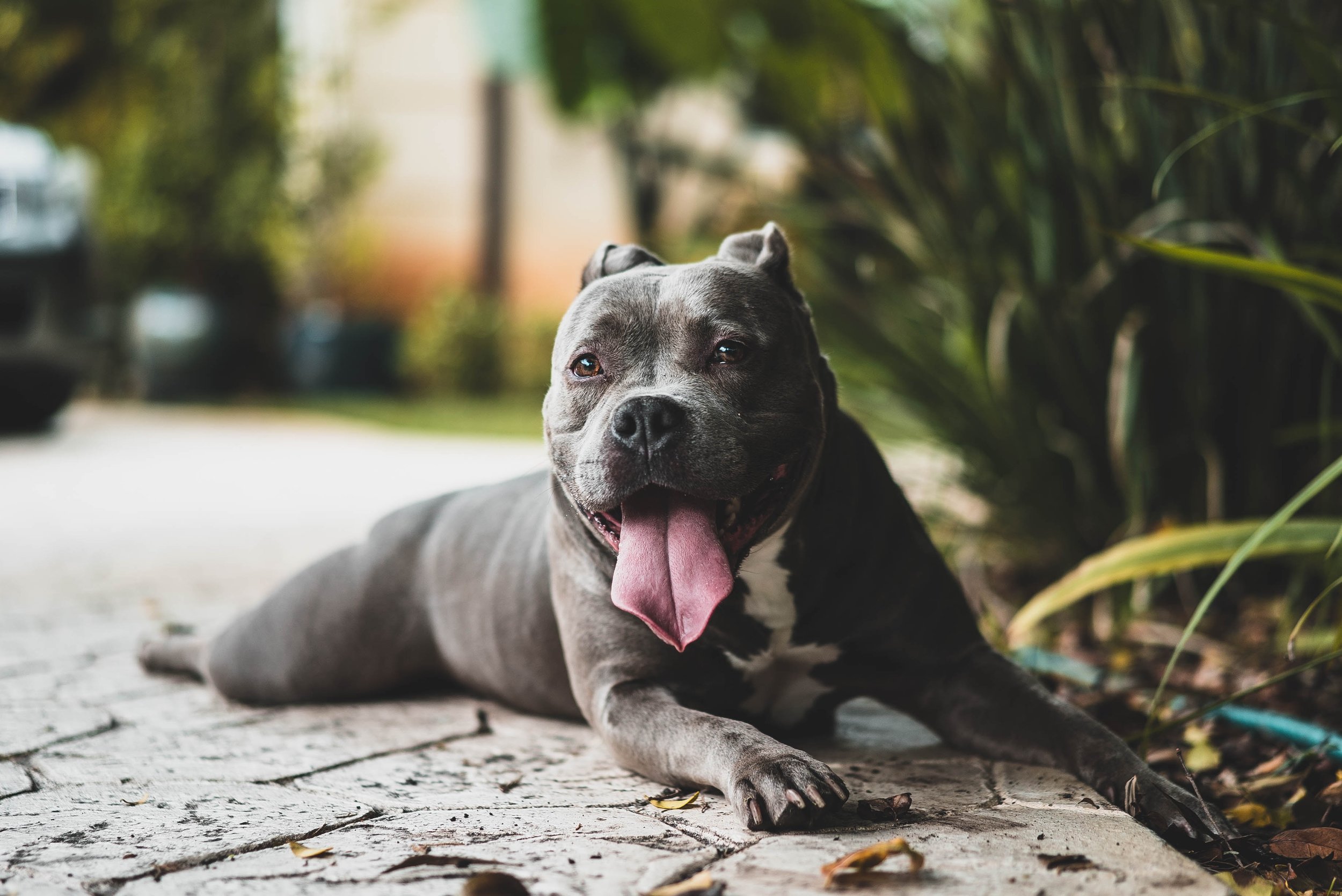5 Tips On Bringing Home An Adult Rescue
When it comes to adoption, most people just want a puppy. Now, we completely see a puppy’s appeal. They are literally the most adorable creatures on the face of the Earth. That being said, adult dogs are just as equally incredible.
Also, it’s usually a lot easier to train an older dog. They typically already have a few commands down and are housebroken, which is always a good thing.
There are, however, few sets of challenges that come with bringing home a more mature pup. To make the transitional period go as smoothly as possible, here are a couple of things to consider.
Be Prepared
Photo by Giorgio Trovato on Unsplash
Before getting your dog, be sure you have all the necessities. Purchase a collar, a leash, a bed, bowls, food, treats, and toys. You’ll also want to make sure that your house is completely doggie-proof. For more information about that check out our post here.
Wait Awhile Before Introducing Your Pooch To Other People & Dogs
Your dog is probably stressed out as it is so best to keep your social circle small, until he gets his bearings. Over a few weeks, you can gradually introduce him to other people and pooches in low-stress environments.
Be Consistent In Your Behavior
Photo by Christopher Ayme on Unsplash
If you decide to adopt an older dog, there’s a good chance that he’s lived in at least one other household and may be having a difficult time with the separation. For this reason, he may not be that trusting. This is why you need to be consistent in your behavior, so he can see that you are reliable. One way to do so is to establish a strict schedule and regularly engage with your pooch.
Be Patient
Photo by Courtney Mihaka on Unsplash
Similarly, it may take a while for your dog to warm up to you, which can feel discouraging. You want to be able to bond with your new best friends ASAP, but Fido may have some reservations.
According to behaviorist Karen London it usually takes an adopted dog three months to feel comfortable in their new surroundings. While this may feel like time, it’s well worth the wait.
Keep Your Dog To A Confined Space
When you first get your dog, limits her access to certain areas of your house.
“[It’s] so much easier to expand the house than to close it down,” explained behaviorist Patricia McConnell to Whole Dog Journal.
Consider using doggy gates or a crate for at least a few months before allowing your pooch to freely explore the house. This will lessen the chance of your pooch destroying furniture or carpeting.
Woof Republic offers a lot of great content for pet parents bringing home a rescue dog. For more thoughts, check out our feature on Rent.com.





